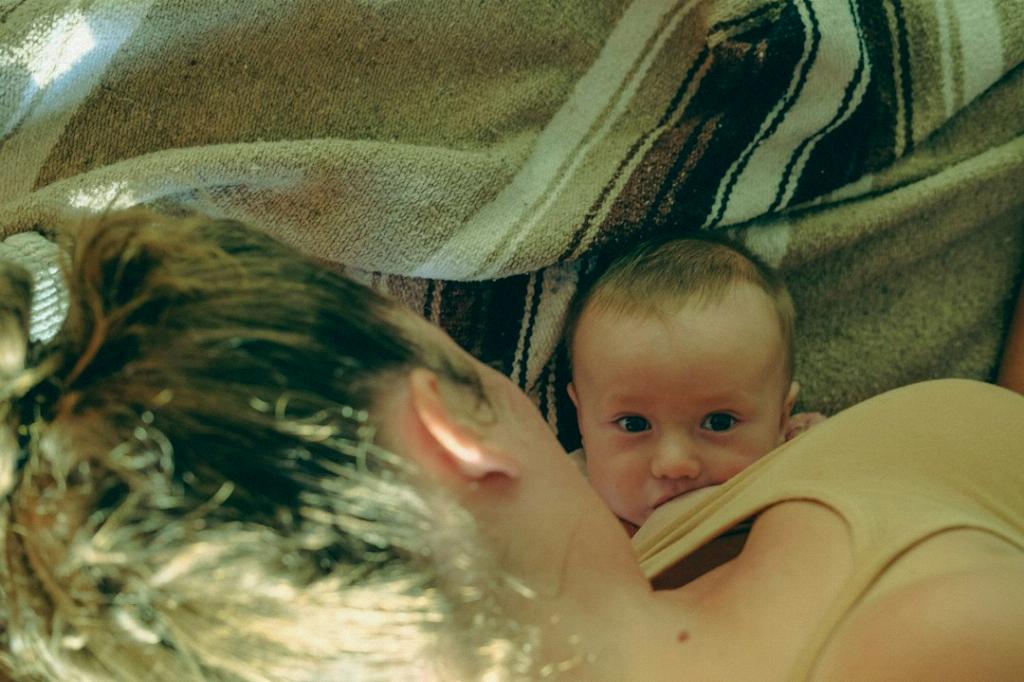When it comes to mastitis, a common concern that often arises is whether individuals who are not breastfeeding can still experience this condition. The truth is, mastitis can occur in non-breastfeeding individuals, including men and women. While breastfeeding-related mastitis is well-known, it’s important to recognize that lactation is not the only factor that can lead to this painful condition.
One of the key causes of mastitis in non-breastfeeding individuals is a bacterial infection. When bacteria enter the breast tissue through a cracked nipple or other openings, it can result in inflammation and infection, leading to mastitis. This infection can occur even in individuals who are not currently lactating, highlighting the fact that mastitis is not exclusive to breastfeeding women.
Another factor that can contribute to mastitis in non-breastfeeding individuals is the presence of certain risk factors. Individuals with a history of breast surgery, such as reduction or augmentation procedures, may be more prone to developing mastitis. Additionally, individuals with diabetes or weakened immune systems may also have a higher risk of experiencing mastitis, even in the absence of breastfeeding.
It’s essential to note that mastitis in non-breastfeeding individuals can present with similar symptoms to those experienced by breastfeeding women. These symptoms may include breast tenderness, redness, swelling, and warmth, along with fever and chills. Seeking timely medical attention is crucial to prevent the infection from worsening and causing potential complications.
When it comes to treating mastitis in non-breastfeeding individuals, the approach is typically similar to that used for breastfeeding-related mastitis. Antibiotics may be prescribed to combat the infection, along with pain relievers to alleviate discomfort. In some cases, surgical drainage of any abscesses may be necessary to facilitate healing.
Preventing mastitis in non-breastfeeding individuals involves maintaining good breast health practices. This includes keeping the nipples clean and dry, avoiding tight-fitting clothing that can cause friction and irritation, and promptly addressing any signs of infection or inflammation in the breast tissue.
Overall, the important takeaway is that mastitis is not limited to individuals who are currently breastfeeding. Non-breastfeeding individuals, including men and women, can also develop this condition due to bacterial infections, underlying health conditions, or other risk factors. By staying vigilant about breast health and seeking medical attention when needed, individuals can effectively manage and treat mastitis, regardless of their lactation status.

